
Born in 1934, Rome, Italy, Sophia Loren soared above her poverty-stricken beginnings in postwar Naples to become generally regarded as one of Italy’s most beautiful ladies and most well-known movie star.
The American Film Institute rated her among the best female stars in Classical Hollywood movies.
Sofia Scicolone changed her last name to Lazzaro for employment in the fotoromanzi, prominent pulp magazines that featured still images to tell love stories, before working in the movies.
Her debut screen performance was as an extra, among other slave girls on the American Quo Vadis (1951) production. Scicolone turned into Sophia Loren under the direction of producer Carlo Ponti, her future husband.
Before she drew critical and popular attention with Aida (1953), in which she lip-synched Renata Tebaldi’s singing in the title role, her career began in a run of low-budget comedies.
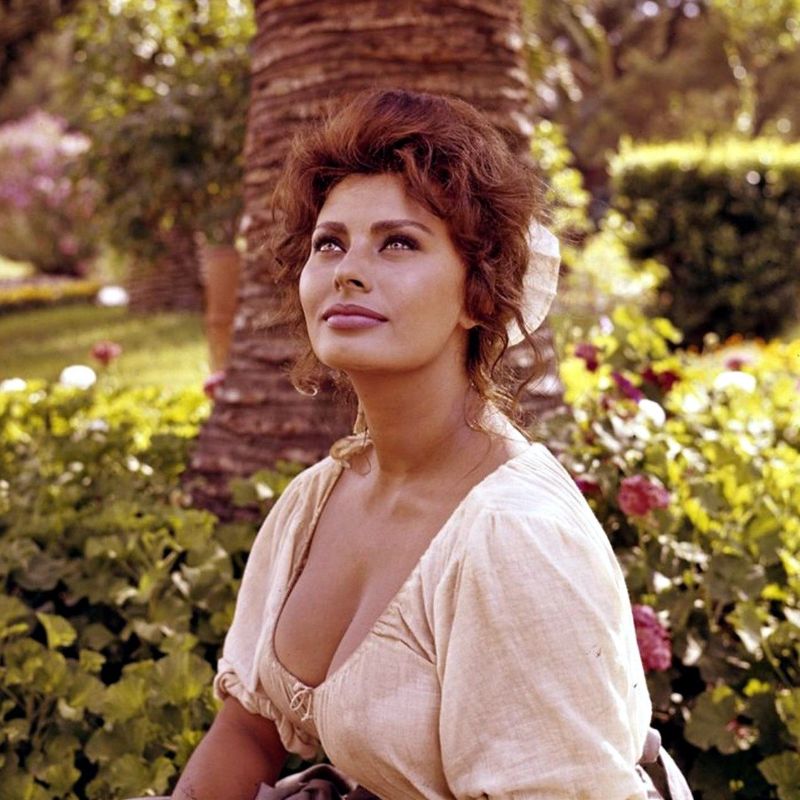
Loren featured in Vittorio De Sica’s Two Women, a dark, gritty tale of a mother struggling to safeguard her 12-year-old daughter in war-torn Italy, in 1960. After the bombs stop in their hometown, the two end up gang-raped inside a church on their way back home.
Originally cast as the daughter, Loren battled against type and finally landed as the mother (actor Eleonora Brown would play the daughter).
Among the many honors Loren received were an Academy Award for finest Actress, the finest performance medal at the Cannes Film Festival, and the first major Academy Award for an Italian actress or non-English speaking performance.
Two Women brought her 22 international honors. Critics gave the movie quite positive reviews, and it had great financial success.
Though pleased of this achievement, Loren failed to turn up for this award, citing concern of fainting at the event. Still, Cary Grant called her in Rome the next day to let her know about the Oscar award.
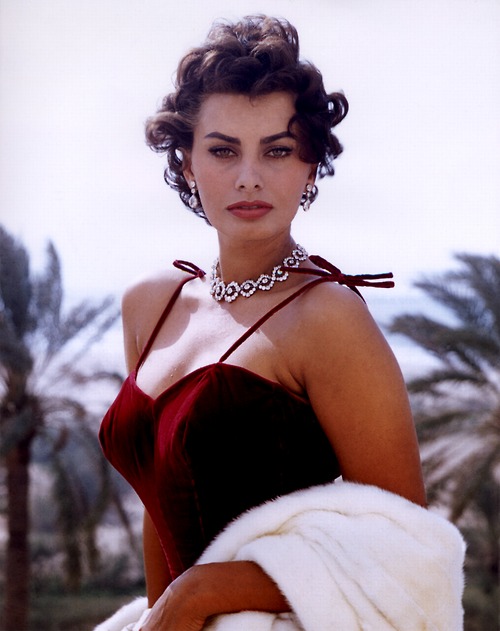
Loren starred with well-known leading males in movies both in the United States and Europe, becoming among the most sought-after actresses in the world during the 1960s.
Her career peaked in 1964 when she was paid $1 million to feature in The Fall of the Roman Empire. Her performance in Marriage Italian-Style opposite Marcello Mastroianni in 1965 brought her a second Academy Award nomination.
Starting in the beginning of the 1980s, Loren decided to appear seldom in movies. She has since starred in movies including Nine (2009), Grumpier Old Men (1995), and Prêt-à-porter (1994).
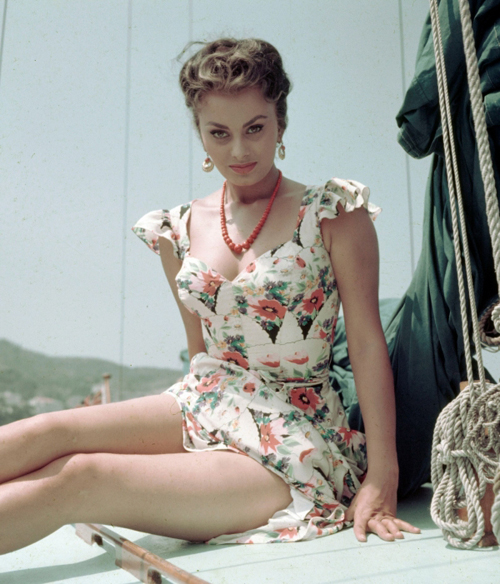
Loren first got to know Ponti in 1950; she was fifteen while he was thirty-seven. Ponti had been long apart from his first wife, Giuliana, but he was not formally divorced when Loren married him by proxy (two male attorneys stood in for them) in Mexico on September 17, 1957.
Though they stayed together, the couple had their marriage annulled in 1962 in order to avoid bigamy accusations. Their application was approved by then French Prime Minister Georges Pompidou, therefore in 1965 they became French citizens. Ponti then sought a divorce from Giuliana in France, freeing him to wed Loren on April 9, 1966.
Their two children were Edoardo Ponti, born on January 6, 1973, and Carlo Ponti Jr., born on December 29, 1968. Sasha Alexander and Andrea Meszaros are Loren’s daughters in-law. Loren is the grandparent of four people.
Loren stayed in marriage to Carlo Ponti till his death on January 10, 2007 from lung problems.


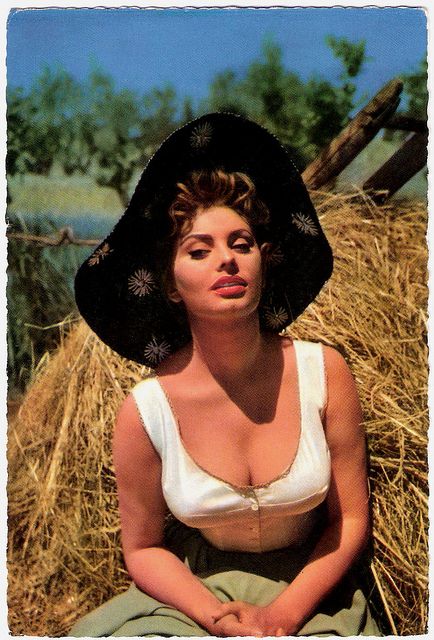
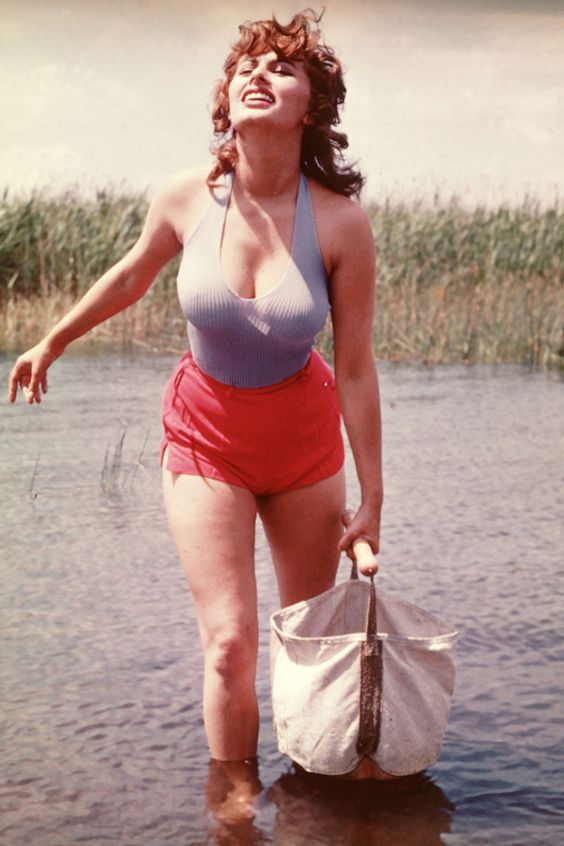
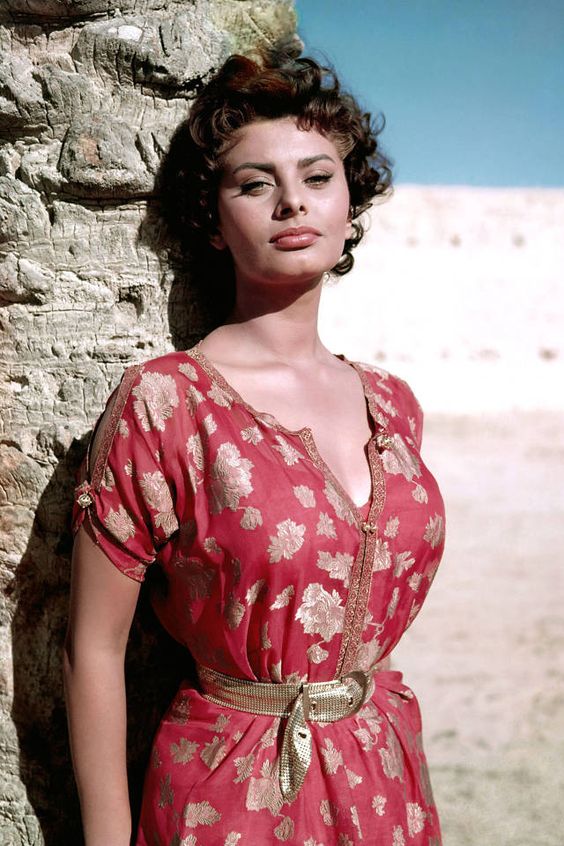

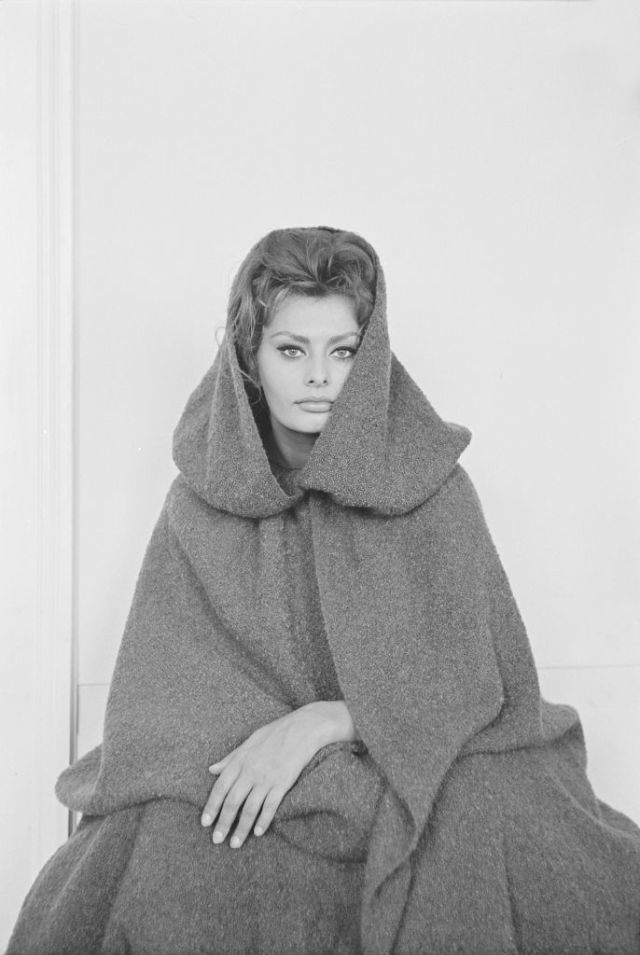


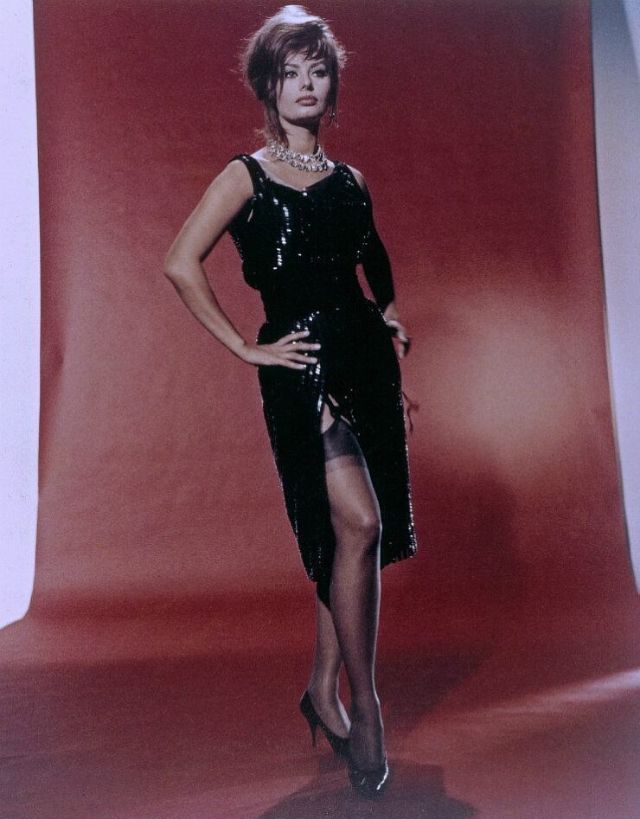
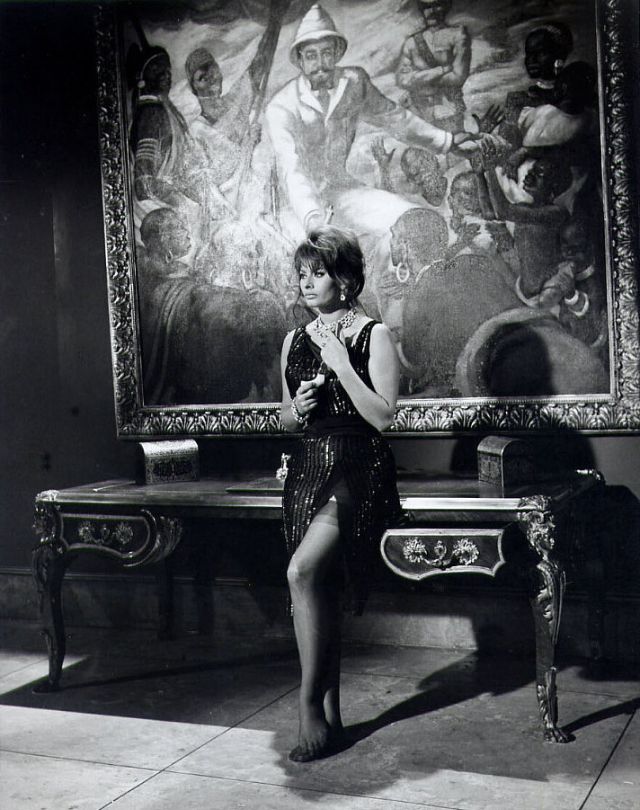

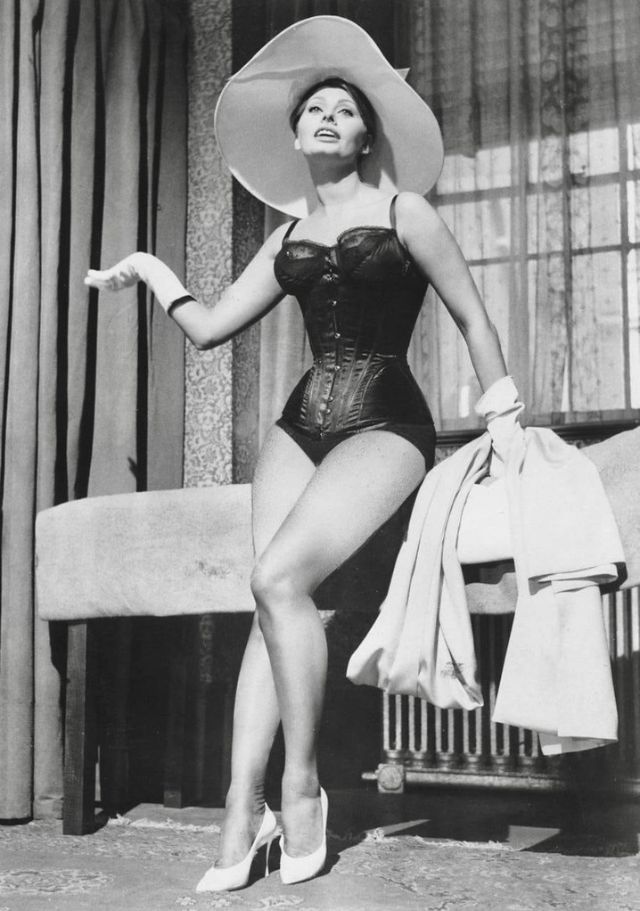
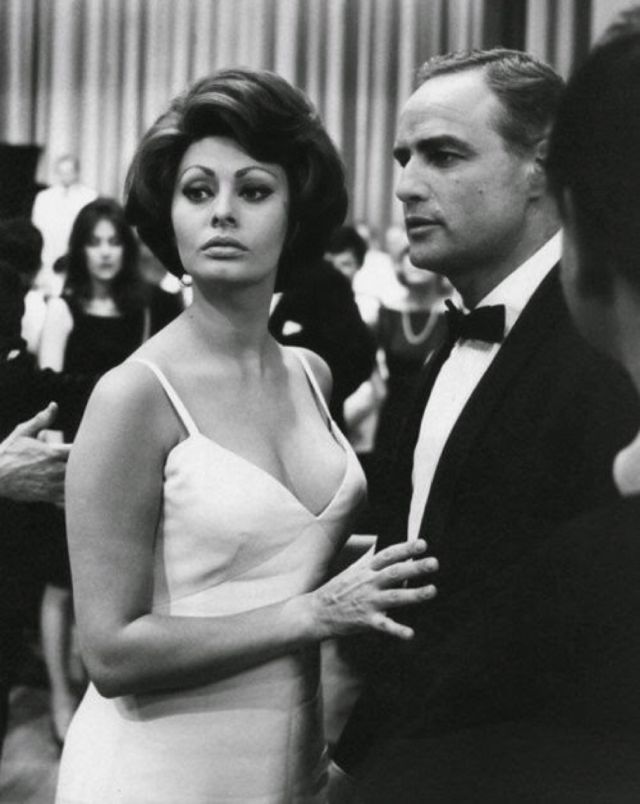

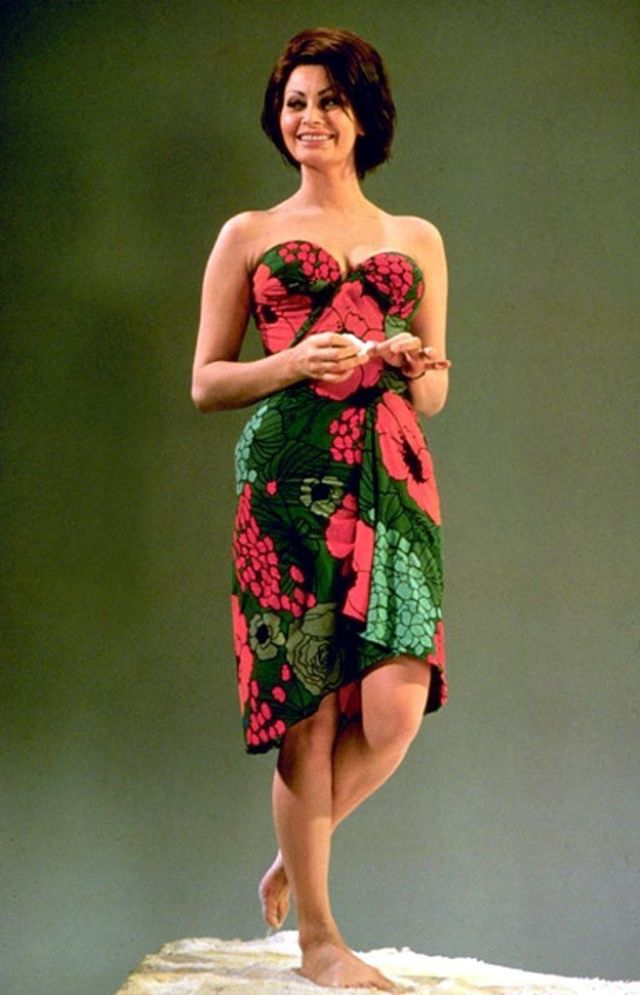

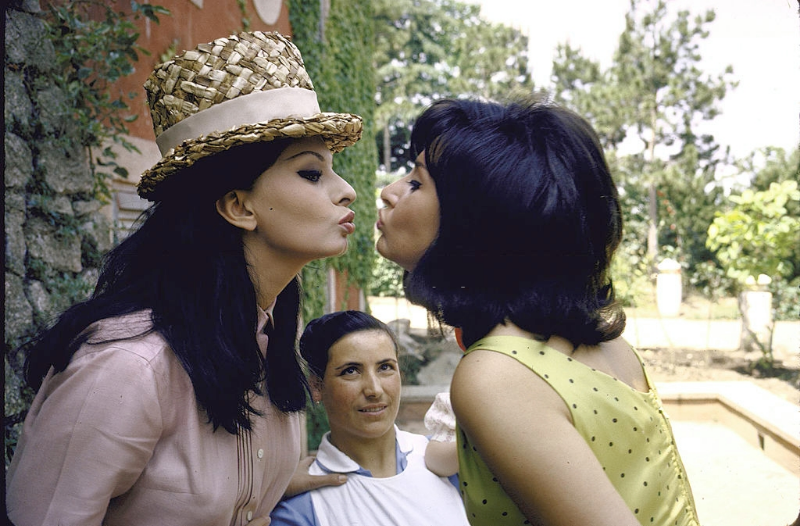
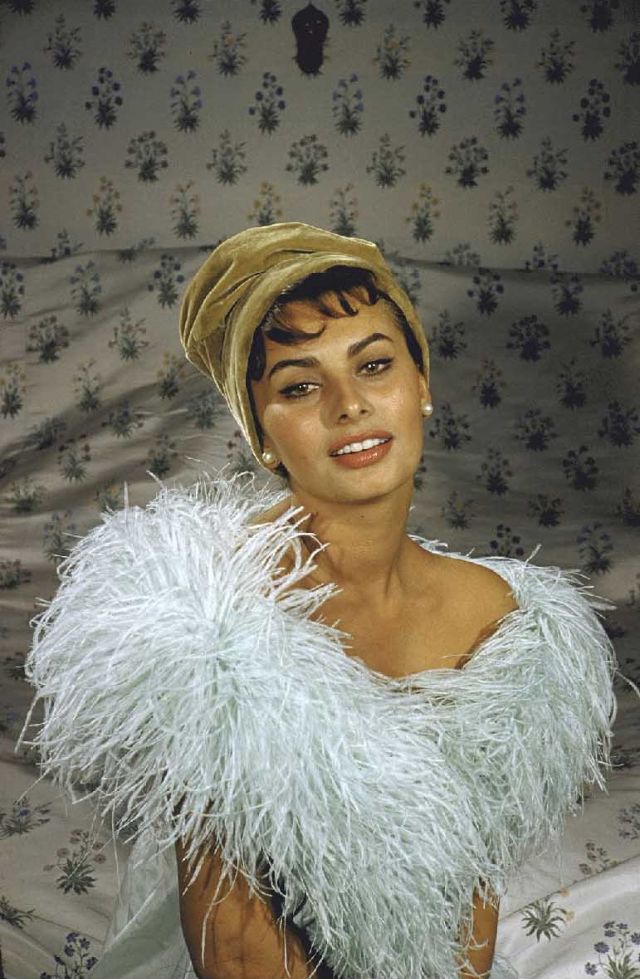
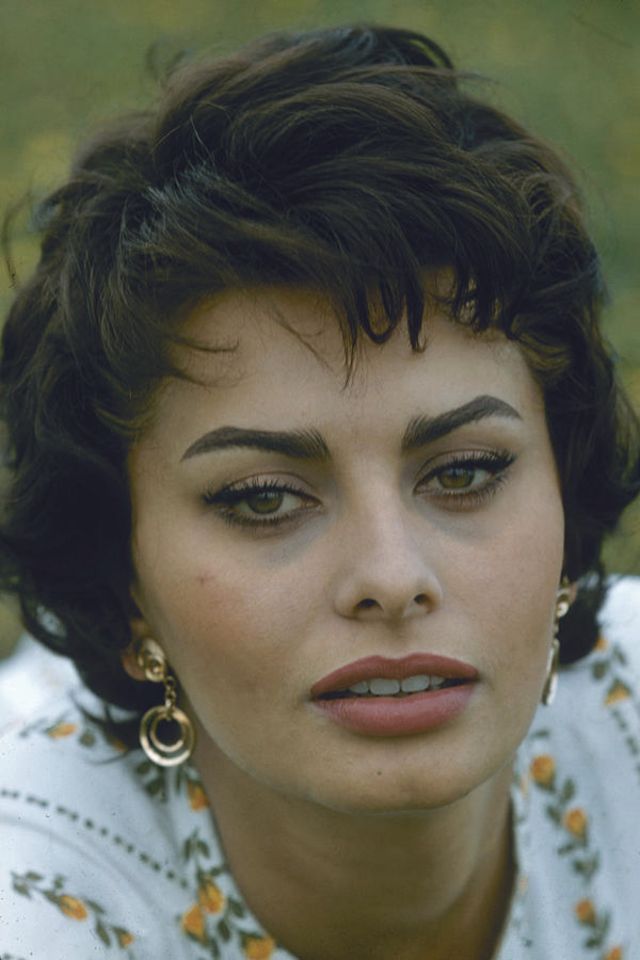
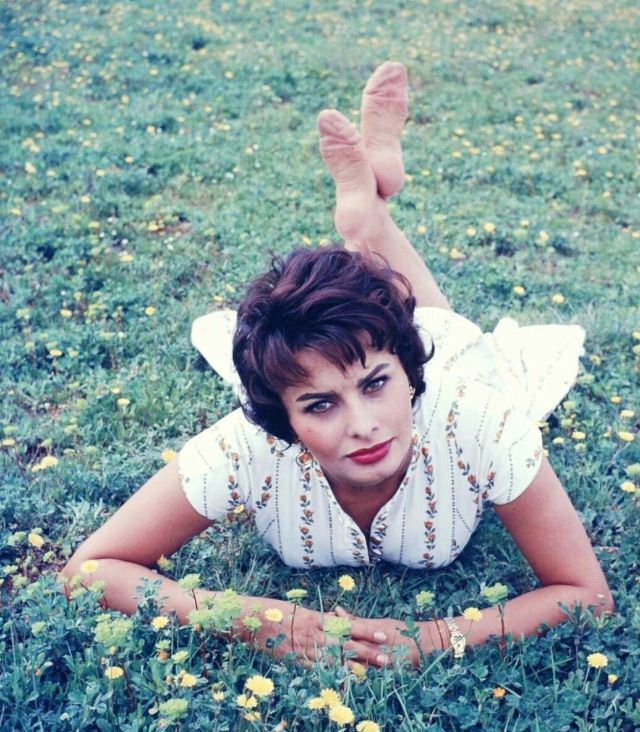
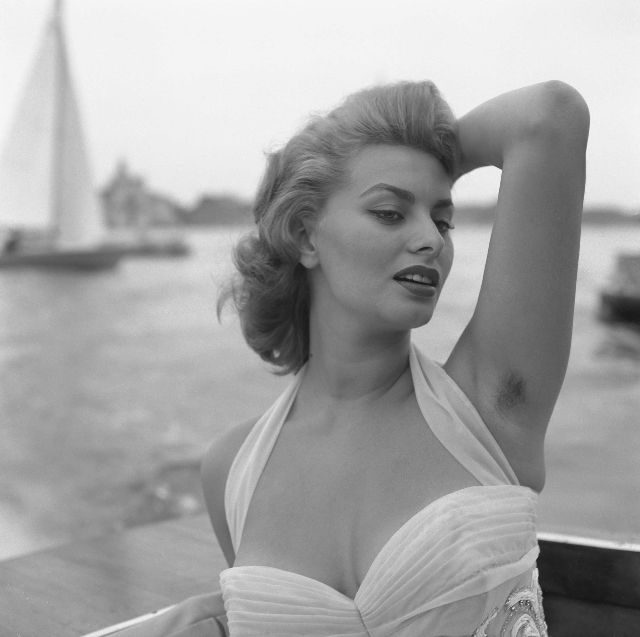
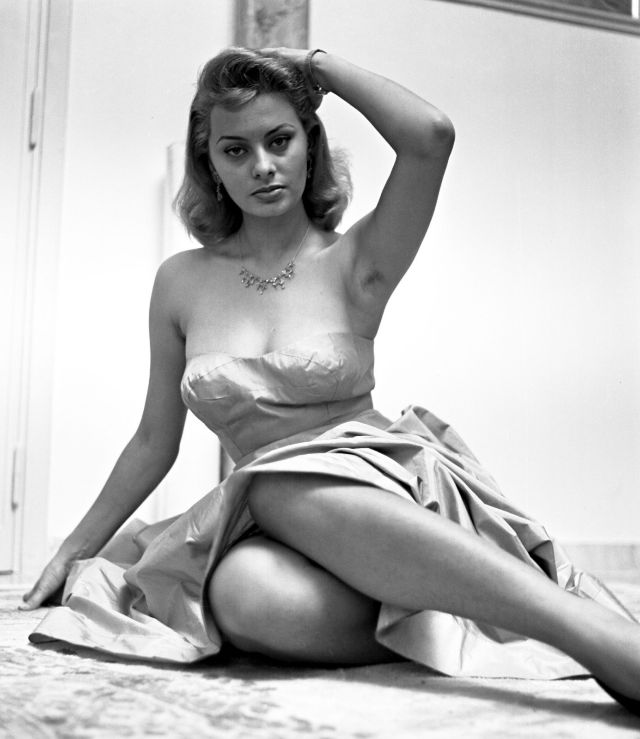
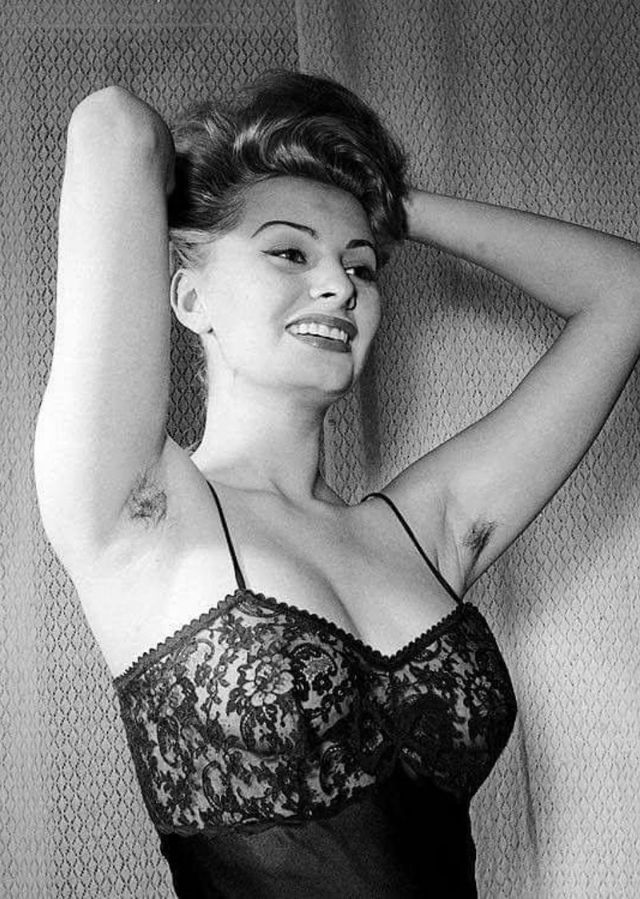
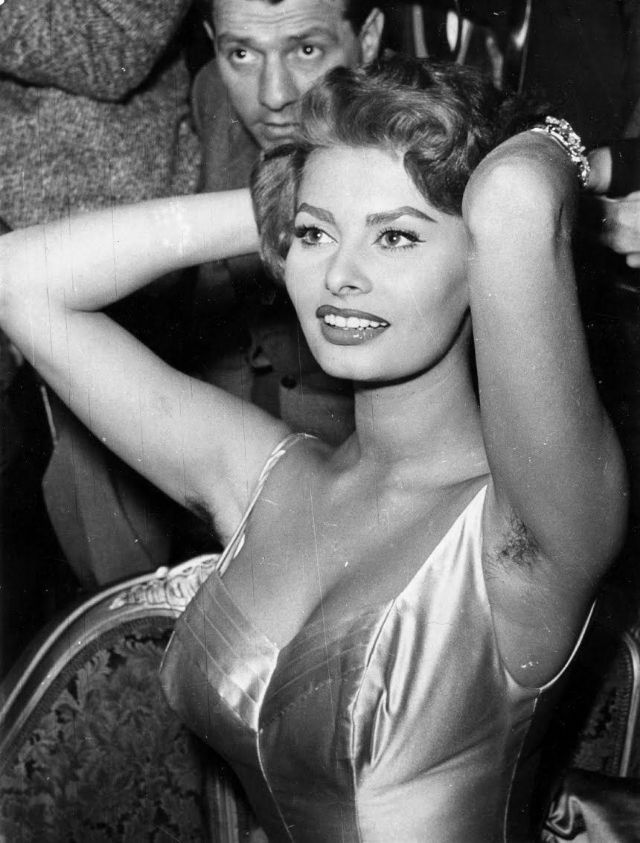

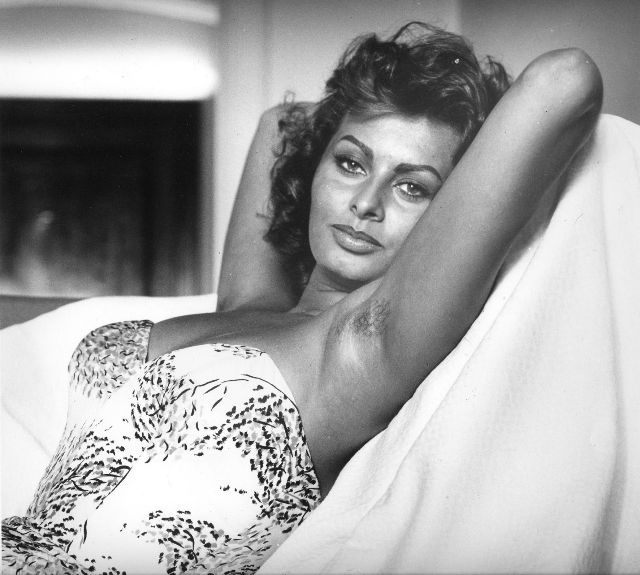
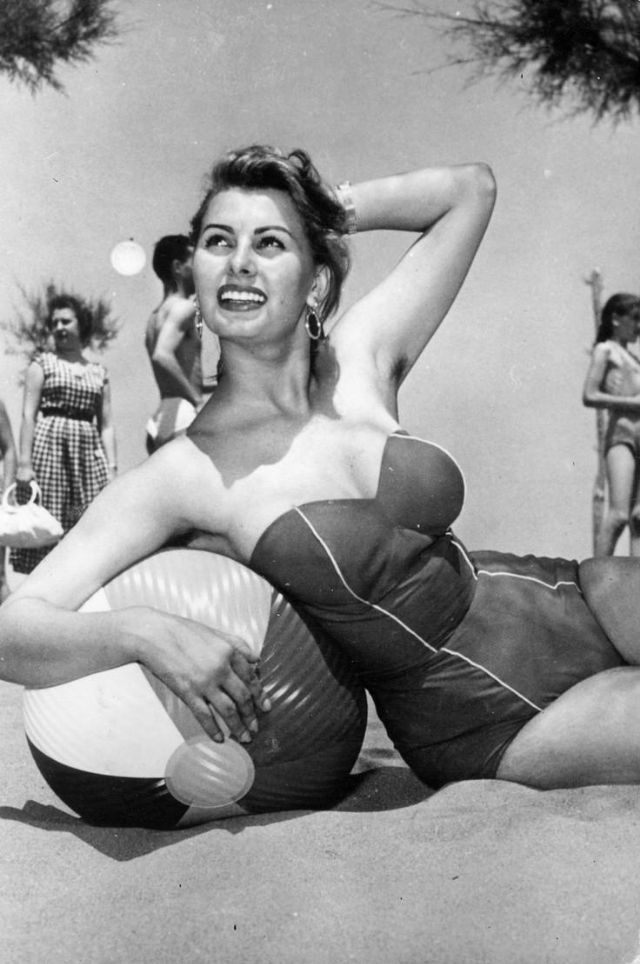
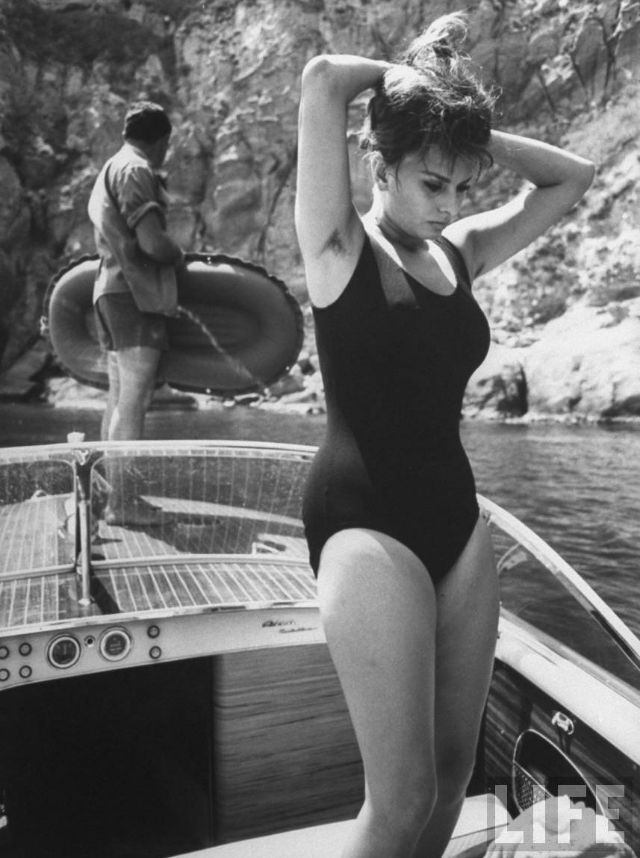
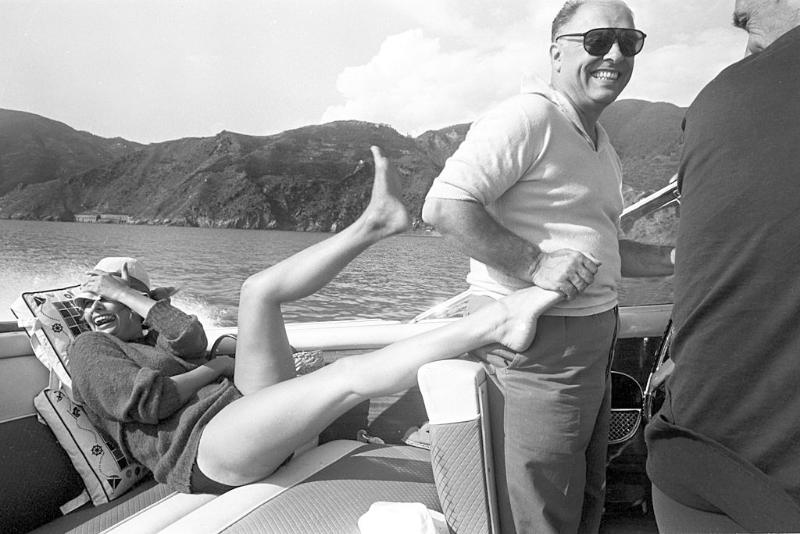

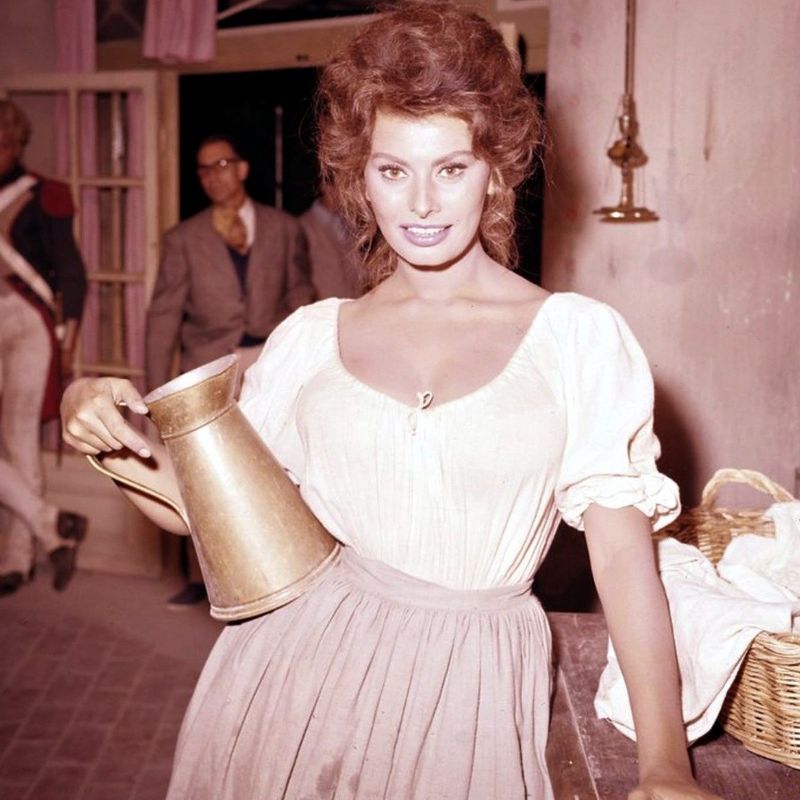
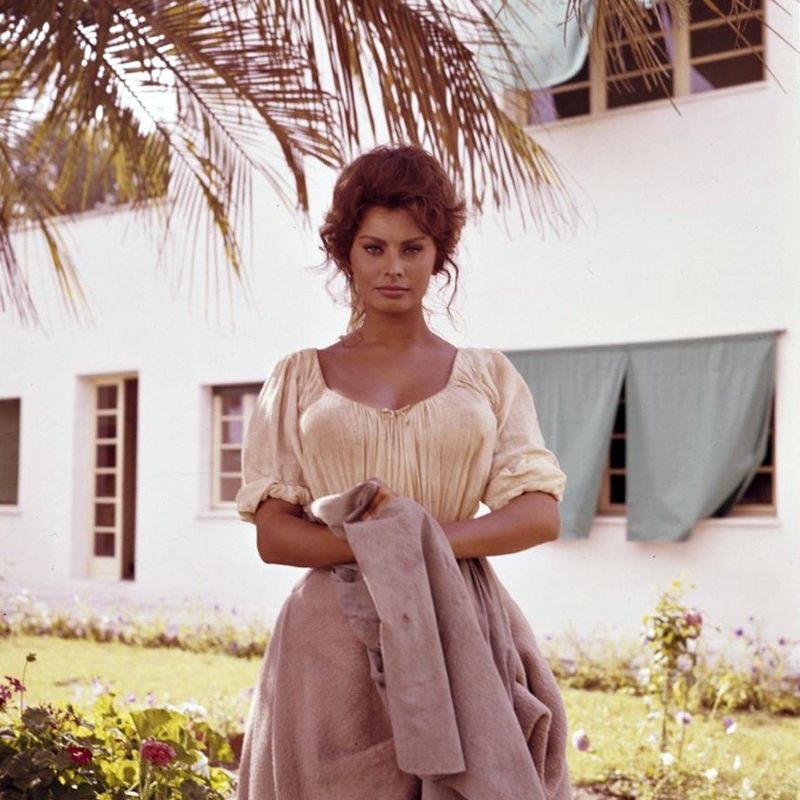
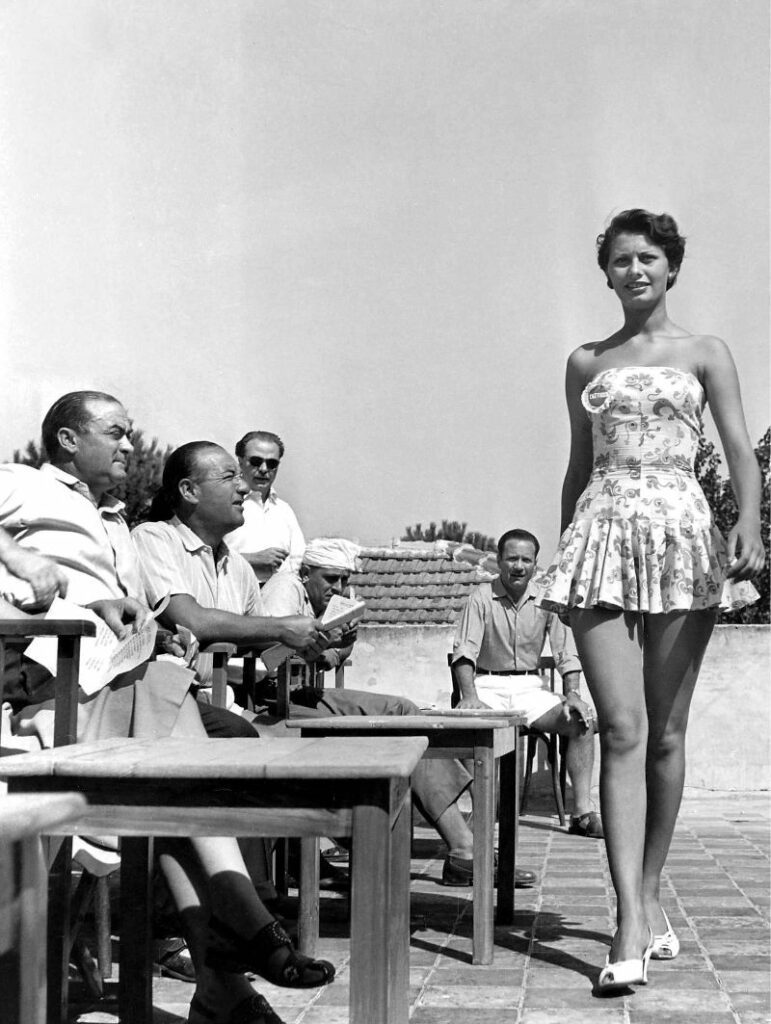

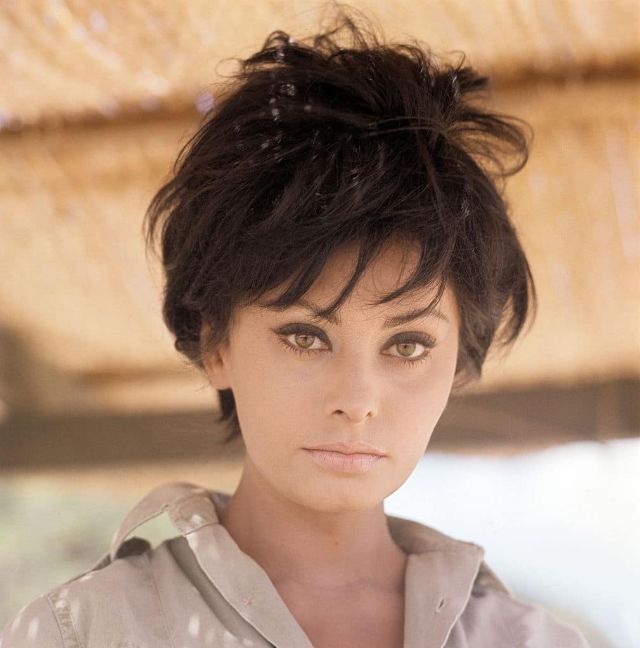
(Photo credit: Britannica / Wikimedia Commons / Wikipedia).


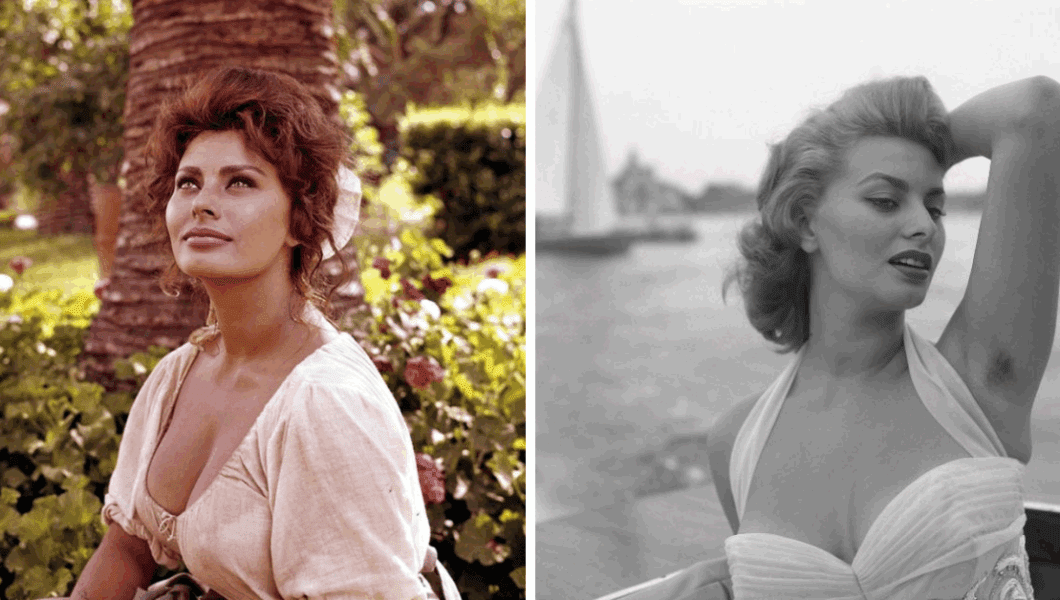


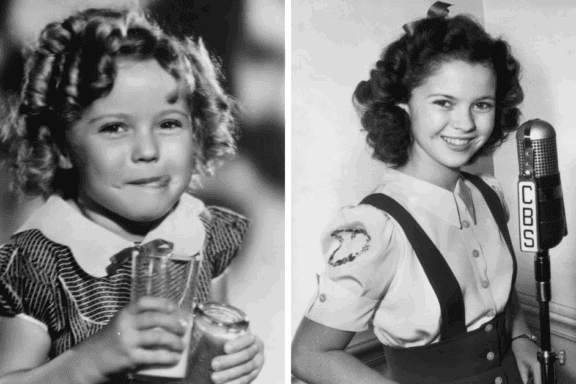
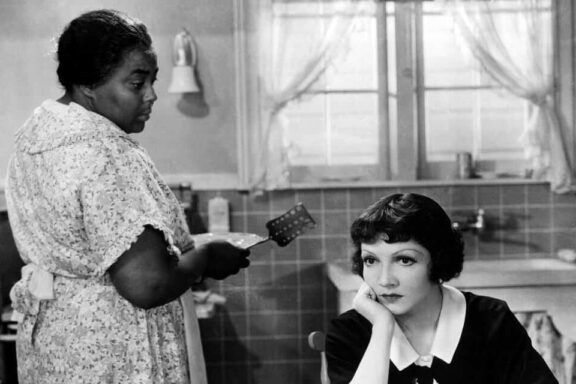

No Comments